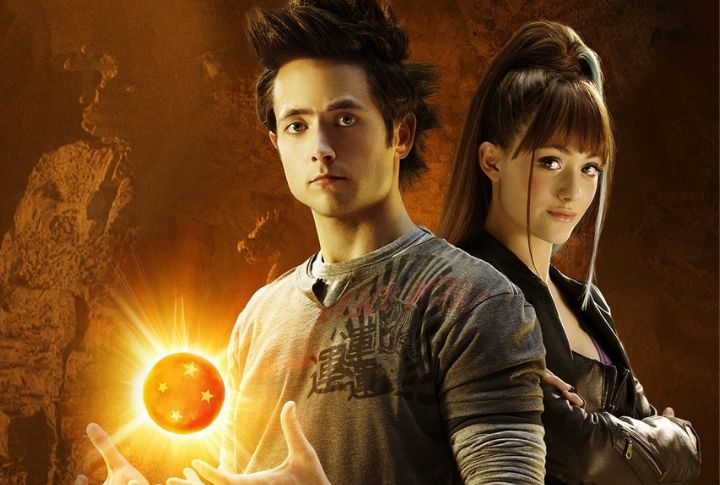
Anime has inspired countless creators, and Hollywood wanted a slice of that appeal. Still, big promises quickly turned into big disappointments. Fans were left with movies that felt more like shadows than tributes. Here’s a look at ten adaptations that show just how tricky this path can be.
Dragonball Evolution
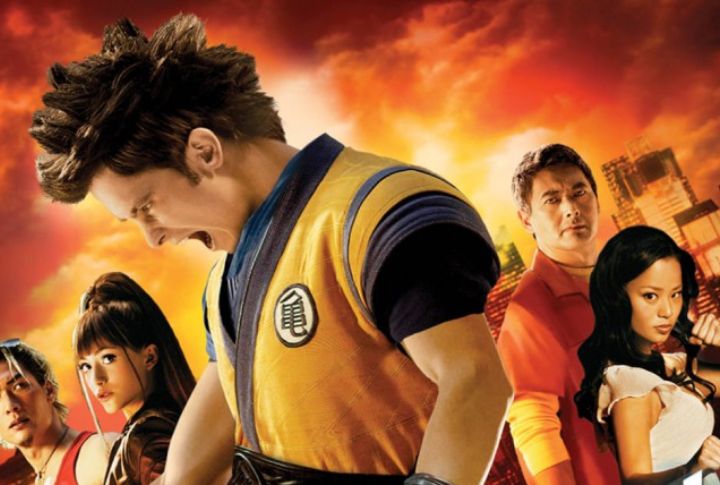
Goku, the main hero, was turned into a regular high school student instead of a martial arts prodigy, which erased his unique charm. The film ignored Saiyan legends and the mystical ki energy. Without iconic Kamehameha blast scenes, fans felt cheated. This film collapsed at the box office.
Death Note
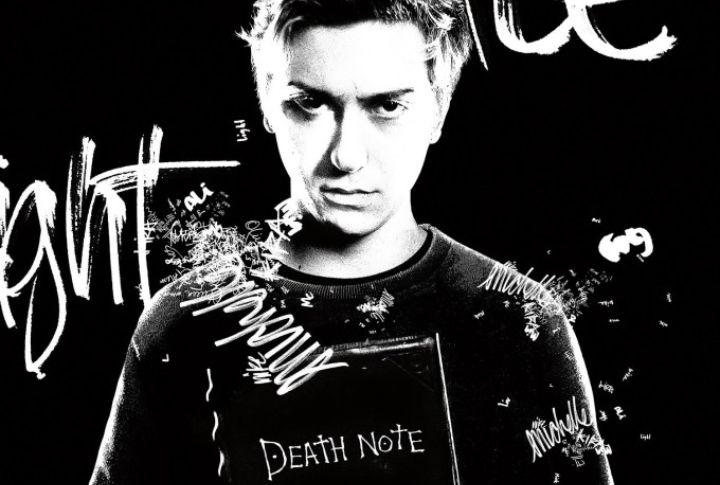
The anime’s mastermind, Light Yagami, was changed into Light Turner, who felt dull and predictable. And because Ryuk, the eerie death god, appeared rarely, suspense quickly faded. As thirty-seven episodes became one movie, gaps grew, and casting mostly American actors raised whitewashing concerns.
Ghost In The Shell
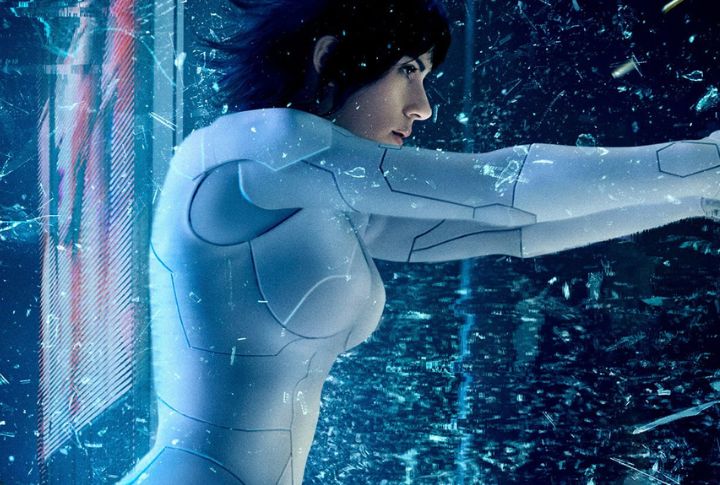
Scarlett Johansson played Major Kusanagi, but casting her erased the character’s Japanese identity and sparked backlash. Instead of exploring deeper ideas of humanity and identity, the film leaned on a corporate conspiracy twist. Iconic anime scenes lacked meaning, and Japanese audiences showed disappointment.
Cowboy Bebop
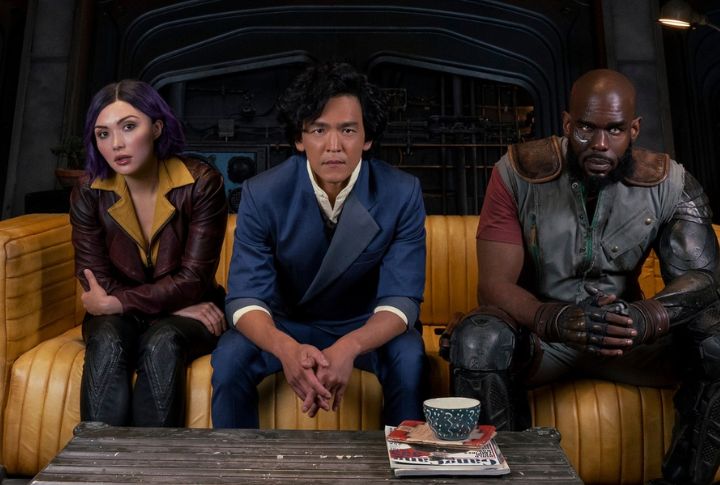
Despite heavy promotion, Netflix canceled the show after only three weeks, signaling disappointment. From the very beginning, the live-action attempt at this space bounty hunter adventure felt off. John Cho’s older look as Spike clashed with the younger anime version, and Faye Valentine’s rewritten backstory frustrated fans.
G Saviour
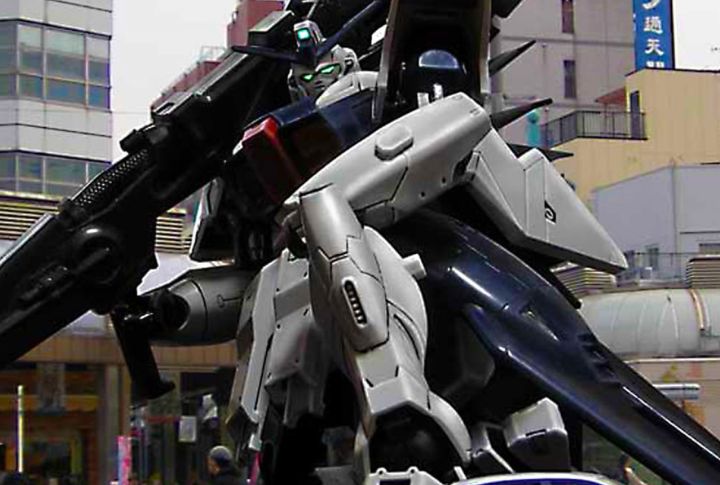
Creators at Sunrise refused to recognize this movie as an official “Gundam,” which shows how far it strayed. Canada delivered the first live-action attempt in the franchise, yet fans felt disappointed. It removed Newtypes, downplayed dramatic battles, presented dull robot suits, and strangely centered on food shortages rather than thrilling conflicts.
Speed Racer
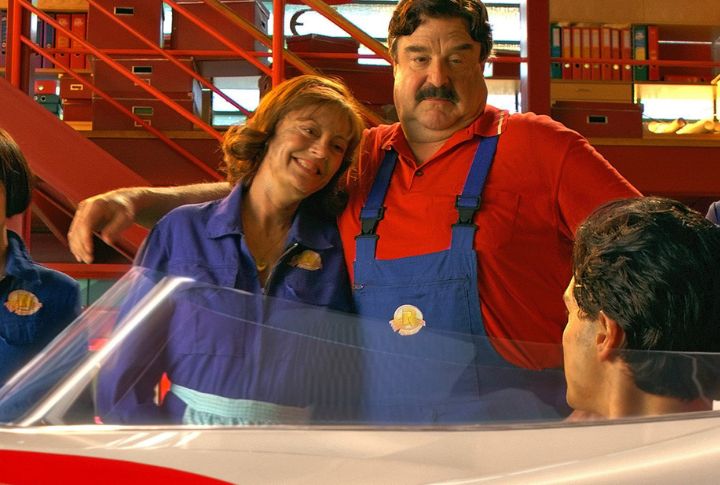
Directed by the Wachowskis, it dazzled with hyper-saturated CGI, although many felt that the visuals overwhelmed the story. Themes of family and racing were present but buried under spectacle. The runtime dragged over two hours, and Racer X’s identity reveal lacked impact.
One Piece
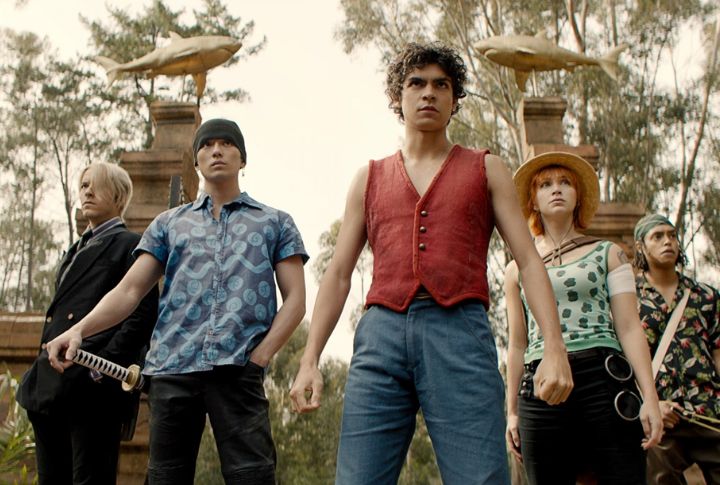
Netflix adapted “One Piece” into eight episodes covering the East Blue Saga, but condensing so much altered the pacing and depth. Sanji and Zoro’s personalities shifted through Westernized dialogue, frustrating fans. Although reviews were mixed, many felt the adventurous spirit had disappeared.
The Guyver
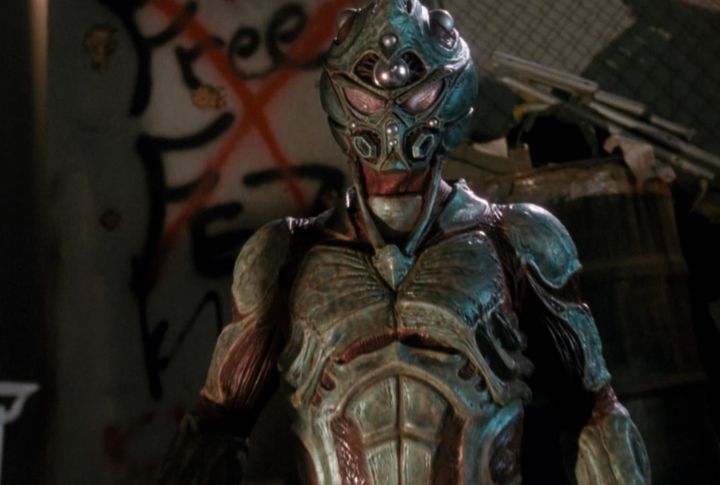
This was based on “Bio-Booster Armor Guyver,” which featured Mark Hamill in a minor role but diverged sharply from the anime. Bio-horror elements were replaced with campy superhero comedy, and the bulky suit felt clumsy. Key storylines involving Chronos Corporation vanished. A sequel followed, yet both films left fans unimpressed.
Knights Of The Zodiac
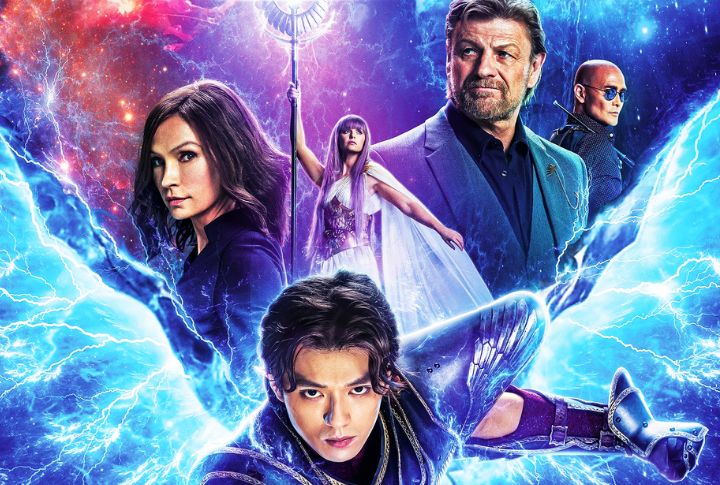
Toei Animation and Sony released “Knights of the Zodiac,” a live-action take on “Saint Seiya,” but critics quickly dismissed it. Poor CGI and diluted mythology disappointed audiences. Despite nods to anime lore, the $60 million film grossed under $7 million worldwide, which marked another failed adaptation attempt.
Astro Boy
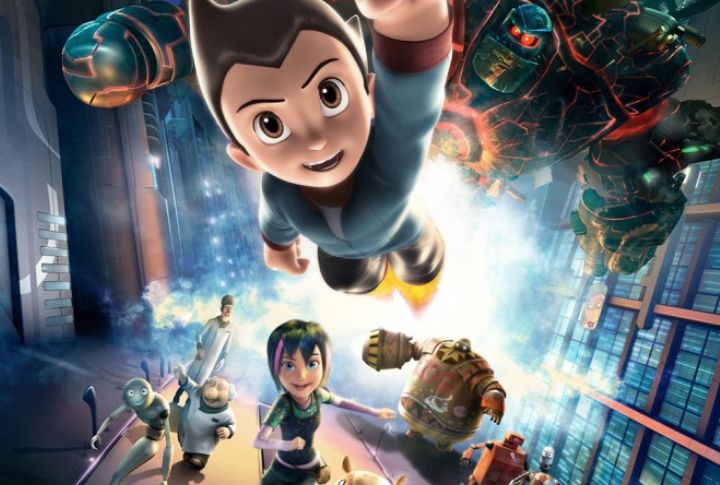
Imagi Animation Studios reimagined Osamu Tezuka’s “Astro Boy” in CGI by moving the story to Metro City and stripping away Japanese context. Themes of grief and identity were simplified by flattening Astro’s origin. With Nicolas Cage and Freddie Highmore voicing characters, the film earned $44 million against a $65 million budget.

